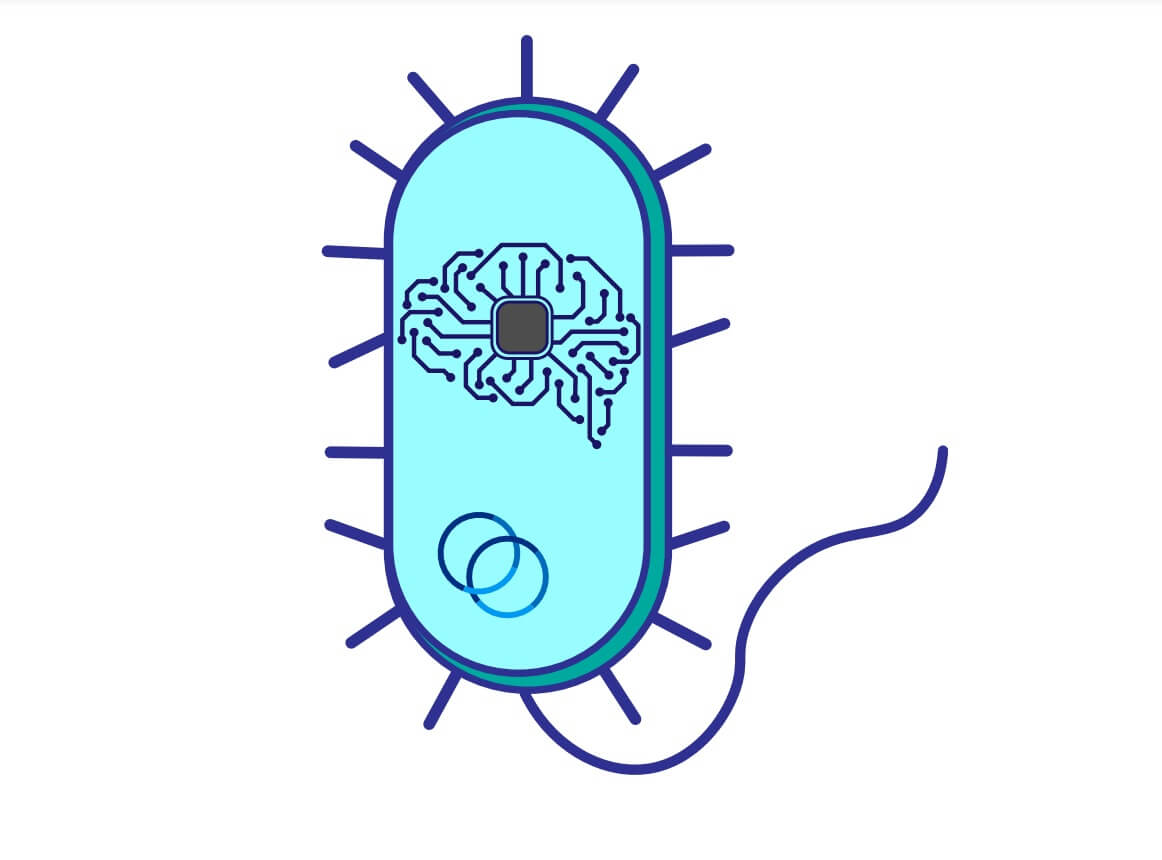Prof. Ramez Daniel from the Faculty of Biomedical Engineering at the Technion and Prof. Ron Weiss from MIT present: Complex computational activities in living cells

Turning bacterial cells into neural networks that perform complex tasks - for this achievement, which was published in the journal Nature Communications, Prof. Ramez Daniel from the Faculty of Biomedical Engineering at the Technion and his colleagues at the Technion and MIT are responsible.
The Technion and MIT researchers were able to program bacterial cells to function as trainable neural networks. The switches, in this case, are genes set on DNA units called plasmids. Using dedicated genetic algorithms developed by the researchers, they eventually created bacteria that are smart computers.
"Living cells are also calculation units, and in many ways these calculation units are much more efficient," explains Prof. Daniel. "Bacteria, which have evolved over billions of years of evolution, perform very complex operations such as cell division, consuming nutrients and eliminating waste. In contrast to electronic computers, which are built of simple digital switches only (0, 1), in the living cell there are also analog components and feedback loops that produce constant control over the various calculations. All this allows the cell to perform complicated tasks while consuming very little energy."
In the current work, the researchers built genetic circuits inspired by neural networks. The genes in these circuits turn each other on and off based on external stimulation. The result: a programmed bacterium that is used A neural network that can be trained by genetic algorithms. The applications span various fields including medicine, new electronics and identification of dangerous substances.
Together with Prof. Daniel, Prof. Ron Weiss from MIT and Technion researchers Dr. Mona Habib and Dr. Luna Rizik from the Faculty of Biomedical Engineering and Dr. Louis Daniel from the Faculty of Electrical and Computer Engineering at Viterbi conducted the research. According to Prof. Daniel, "the combination of researchers from the worlds of electronics and synthetic biology made it possible to achieve the results presented in the article in Nature Communications."
Prof. Daniel's research in the last decade focuses on turning bacteria into computational units. According to him, the creation of smart computers on living cells holds enormous potential, and Prof. Daniel's research group is already examining possible applications such as the identification of toxic substances and the treatment of cancer and intestinal diseases by genetically engineered viruses.
The research was supported by the Neubauer Family Foundation, the National Science Foundation (ISF), the European Union (Horizon 2020 program), the Lori Lockey Interdisciplinary Center for Life Sciences and Engineering and the DARPA agency.
For an article in the journal Nature Communications
More of the topic in Hayadan:
- Israel and France will jointly invest in joint research in the field of medical robotics and cell research
- The Technion is establishing the first research MRI center of its kind in the north of the country
- We are developing neural networks that will allow us to process a huge amount of texts and summarize their meaning
- What is the relationship between bacteria and neural networks?
